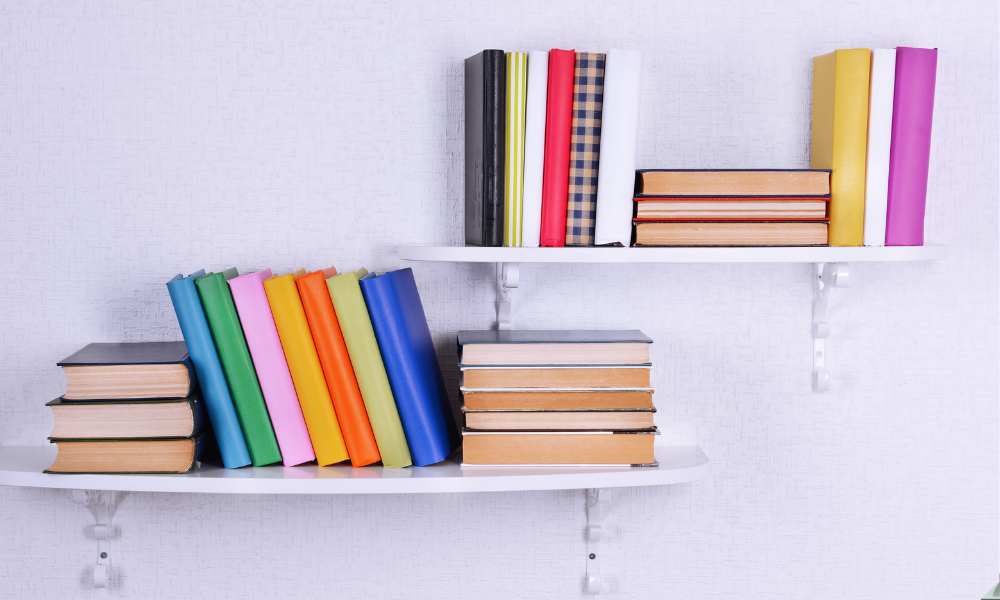Organizing a library can be a daunting task, but with the Dewey Decimal System, shelve books becomes a structured and efficient process. This system, developed by Melvil Dewey in 1876, categorizes books into ten main classes, each represented by a unique number from 000 to 999. These classes cover all fields of knowledge, making it easy to locate and categorize any book. In this guide, we’ll walk you through the steps of shelving books using the Dewey Decimal System, ensuring that your library is orderly and user-friendly. Whether you’re a librarian, a teacher, or a book lover managing your personal collection, mastering this system will save you time and make finding books a breeze.
Main Classes and Their Subdivisions

The Dewey Decimal System consists of ten main classes, each covering a broad subject area. These classes are:
- 000 – Computer science, information, and general works
- 100 – Philosophy and psychology
- 200 – Religion
- 300 – Social sciences
- 400 – Language
- 500 – Science
- 600 – Technology
- 700 – Arts and recreation
- 800 – Literature
- 900 – History and Geography
Each main class is divided into ten divisions, and each division is further split into ten sections. This hierarchical structure allows for precise categorization and easy retrieval of books, enabling users to navigate large collections effectively.
Assigning Dewey Decimal Numbers to Books

Assigning Dewey Decimal numbers to books Shelve involves identifying the main subject of each book and matching it with the appropriate number in the DDC system. This process begins with understanding the book’s content, determining its primary topic, and then locating the corresponding class, division, and section in the Dewey Decimal Classification. Libraries often use tools such as online catalogs, classification manuals, and librarian expertise to ensure accurate assignments. Properly assigning these numbers is crucial for maintaining an organized collection, as it facilitates easy shelving, finding, and borrowing of books within the library.
Organizing Books by Dewey Decimal Number

Once books are assigned Dewey Decimal numbers, organizing them on the shelves becomes straightforward. Books are arranged in numerical order, starting from 000 and progressing to 999. Within each main class, books are further organized by their subdivisions, allowing for a logical and intuitive arrangement. This systematic approach ensures that books on similar topics are grouped together, making it easier for patrons to browse related materials. Maintaining this order requires regular shelf reading and adjustments, ensuring that every book remains in its correct place for easy access.
Handling Special Collections

Special collections, such as rare books, local history, or thematic groups, often require unique handling within the Dewey Decimal System. These collections might be housed separately to preserve their condition or highlight their importance. While still using Dewey numbers for organization, libraries might employ additional labels or signage to distinguish these collections from the general stacks. Special collections need careful cataloging and may include digital records or finding aids to assist users in locating and accessing these valuable resources, ensuring both their protection and usability.
Utilizing Author Cutter Numbers

Author Cutter numbers are an essential tool for further organizing books within the same Dewey Decimal classification. These numbers, typically derived from the author’s last name and the book’s title, create a unique identifier that distinguishes each book. The Cutter number is appended to the Dewey Decimal number, allowing books by the same author or with similar titles to be sorted alphabetically. This method ensures a more precise and efficient organization, making it easier for users to find specific books by a particular author or on a particular subject within a large collection.
Shelving Process and Techniques

Shelving books accurately is crucial for maintaining an organized library. Start by sorting books into numerical order according to their Dewey Decimal numbers. Place books on the shelves, ensuring the numbers ascend from left to right and top to bottom. Use bookends to keep rows neat and prevent books from tipping over. Regularly conduct shelf readings to check for misplaced items. Implementing a consistent process and using proper techniques ensures books are easily accessible and the book library remains user-friendly.
Maintaining Orders on Shelves

Maintaining order on library shelves requires ongoing attention. Regular shelf reading, where staff or volunteers scan shelves to ensure books are correctly placed, helps identify and correct errors. Implementing a reshelving protocol for returned books ensures they are promptly and accurately returned to their proper place. Labeling shelves clearly with Dewey Decimal numbers and subject headings can guide users and prevent misplacement. Continuous monitoring and adjustment keep the collection organized and accessible for all library patrons.
Training Staff and Volunteers

Training staff and volunteers in the Dewey Decimal System and shelving techniques is vital for library efficiency. Provide comprehensive training sessions that cover the basics of the Dewey Decimal Classification, how to read and assign numbers, and proper shelving practices. Hands-on practice and regular refreshers help reinforce knowledge. Encourage staff to ask questions and provide feedback to improve training processes. Well-trained staff and volunteers ensure the library remains organized, making it easier for users to find the materials they need.
Benefits of the Dewey Decimal System

The Dewey Decimal System offers numerous benefits for libraries. It provides a universal method for organizing books, making it easier for patrons to find materials. By grouping books on similar subjects together, it enhances browsing and discovery. The system’s hierarchical structure allows for easy expansion as new subjects emerge. Additionally, the Dewey Decimal System is widely recognized and used, facilitating interlibrary loan and collaboration. Overall, it creates an efficient, user-friendly environment that supports both research and leisure reading.
Conclusion
Implementing and maintaining the Dewey Decimal System is essential for an organized and efficient library. By understanding the classification system, properly shelving books, and training staff, libraries can ensure their collections are accessible and user-friendly. Regular maintenance and attention to special collections further enhance the library’s functionality. The Shelve Books Dewey Decimal System not only streamlines organization but also enriches the user experience, making it easier for patrons to discover and enjoy the wealth of knowledge within the library.
